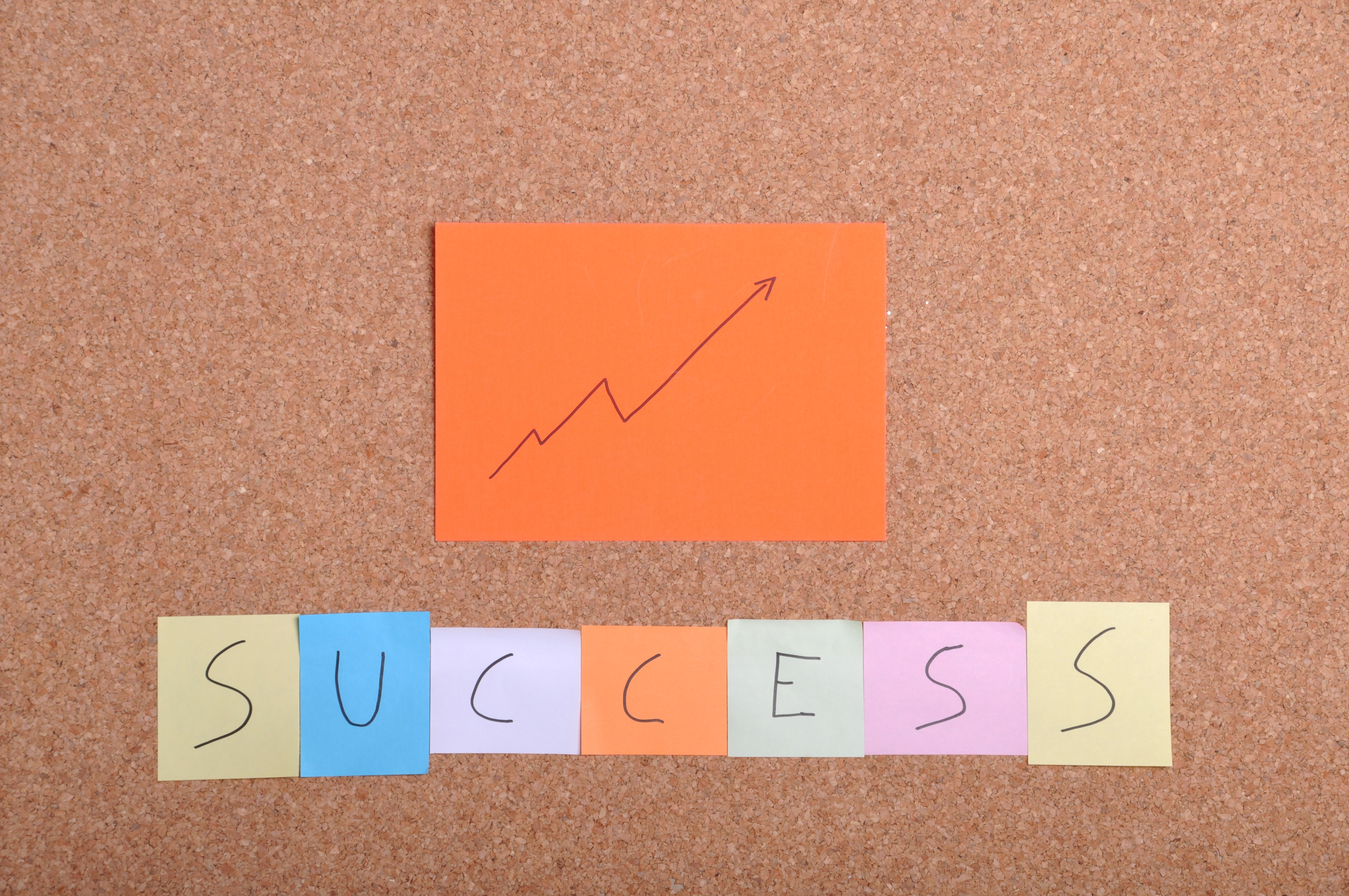Community-Centered Dissemination Toolkit

What is the CCD Toolkit?
The Community-Centered Dissemination Toolkit is a resource designed to help research teams incorporate community-engagement principles into dissemination.
The CCD Toolkit is broken down into 5 steps to help researchers and research partnerships plan their dissemination. Each of the 5 steps is outlined below. An example has been integrated throughout the Toolkit to demonstrate how the Toolkit can be used.
The CCD Toolkit can help you
- Proactively engage communities to communicate research findings in ways that are meaningful and relevant to communities
- Include communities that are impacted by and best-positioned to make change
- Create a dissemination plan as early as possible with plans to revise throughout the life of the project
- Practice equitable partnerships
Who is the CCD Toolkit for?
- Researchers (university/academic, community)
- Research partnerships/teams
- Community members/organizations
Video on Planning for Community-Centered Dissemination
This is an introductory video on the toolkit! In the video, Sarah Gollust, Professor in the School of Public Health, discusses:
- Traditional research dissemination
- Why we want to do it differently
- The impact of community-engaged dissemination
- How to proactively plan community-engaged dissemination
- The steps in making a dissemination plan
The video is intended for staff and faculty who are part of PHDR’s research center, C2DREAM, but can be a helpful introductory resource to dissemination that is community-centered for those outside of C2DREAM.
Step 1: Gather a Dissemination Team
The team will work together to create an effective dissemination plan and should include both researchers and representatives from the communities that encompass your audience and those who will most benefit from your results.
Step 2: Define Dissemination Goals
Dissemination goals define what you hope to achieve by sharing or disseminating your research. There may be multiple goals for sharing research findings including the following four categories:
- Raise awareness or educate patients, communities, and the general public
- Promote change in systems or organizations
- Advocate for and support community action
- Influence local, state, or national policy
Step 3: Develop Dissemination Action Plan

Further develop your dissemination goals by answering the following questions:
- Who is your target audience? Who must learn about the research based on the goals the team has identified?
- What key research findings and messages are most important for your audience to know?
- How can target audiences best learn about key findings from your research? What type of dissemination product will you create and how will you share it? What is the most effective product and method of contact?
Develop Dissemination Action Plan
Dissemination Action Plan Worksheet
Step 4: Identify Resources

Community-engaged dissemination teams should identify resources (monetary, personnel, cultural/community assets) needed to carry out the plan. Teams should budget for and compensate community experts and contractors.
Identify Resources
Resource Directory of local and community organizations and consultants/contractors
Step 5: Evaluate Impact of Dissemination Plan

Using community-specific measurable objectives, determine how well your dissemination plan achieved the goals your team identified. Did it have the desired impact on your audience?
Users should practice equitable partnerships
An equitable partnership and dissemination plan requires that all partners:
- Design, plan, implement, and evaluate through an equity lens
- Be mindful of the social, structural, and institutional barriers to achieving equity
- Be flexible, humble, and respectful of each partner’s expertise
Users should
- Proactively engage communities to communicate their findings
- Include communities that are impacted by and best-positioned to make change
- Create a dissemination plan as early as possible with plans to revise throughout the life of the project
- Practice equitable partnerships
Acknowledgements
This Toolkit was created in collaboration between the University of Minnesota Medical School Program in Health Disparities Research (PHDR) and Clinical and Translational Science Institute’s (CTSI) Community Engagement to Advance Research and Community Health (CEARCH) along with the help of community members, faculty, staff, and students at the University of Minnesota.
Maiyia Kasouaher
Michele Allen
Angela Merrifield
Sarah Gollust
Maria Scanlan
PHDR Community-Academic Board
CEARCH Management Council
SoLaHmo Partnership for Health and Wellness
Sarah Sekhran
Anne Gomez
Zedrik Pitts
Michelle Hoedeman
Meher Khan
Chris Pulley